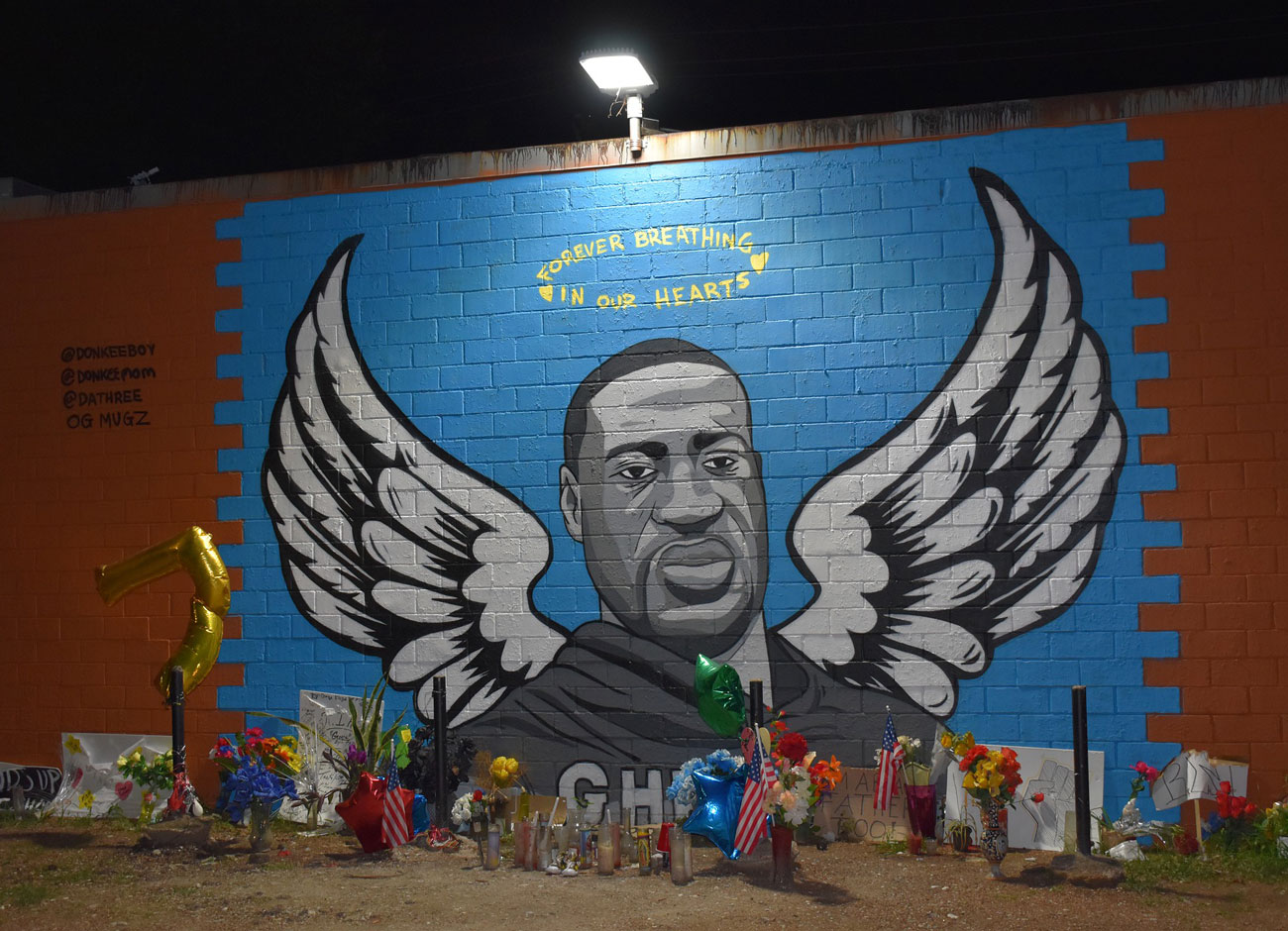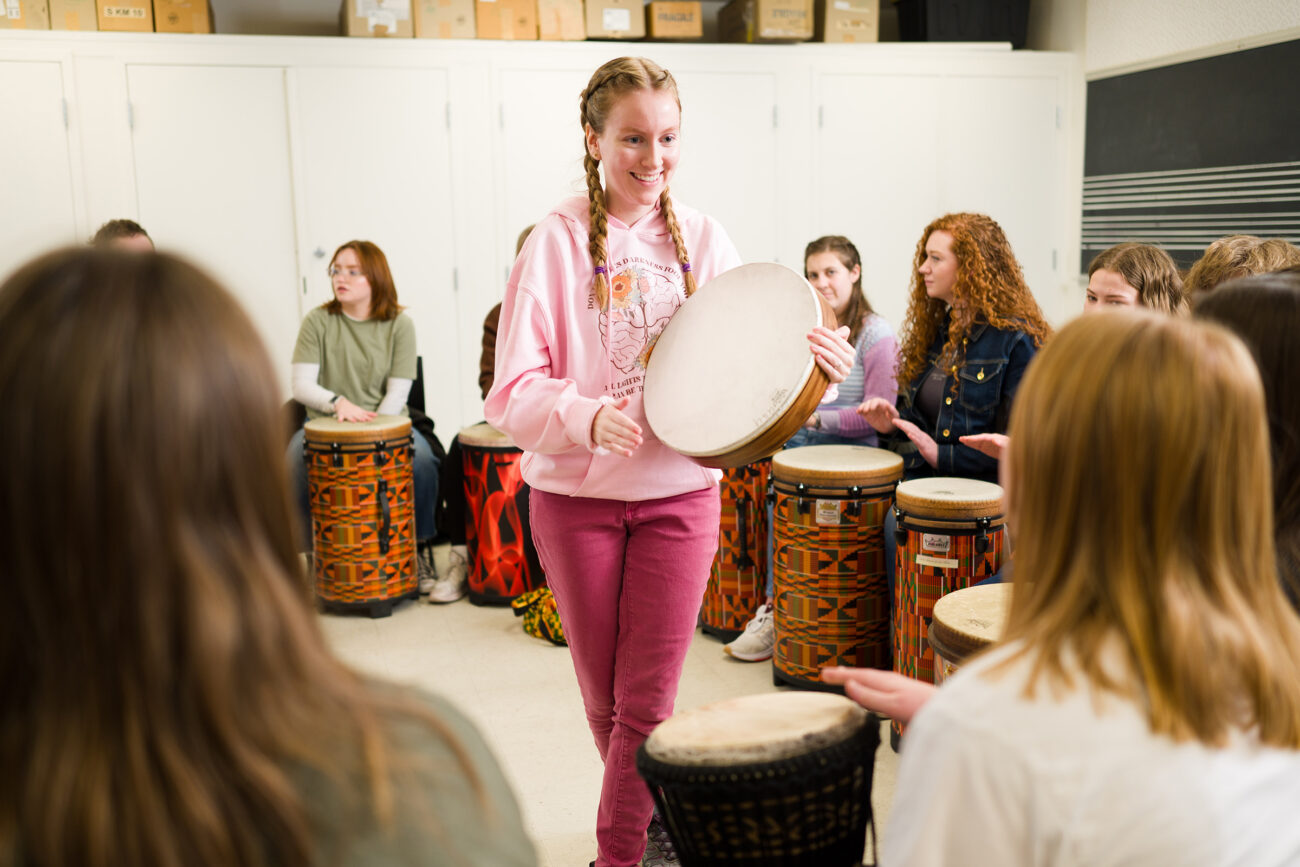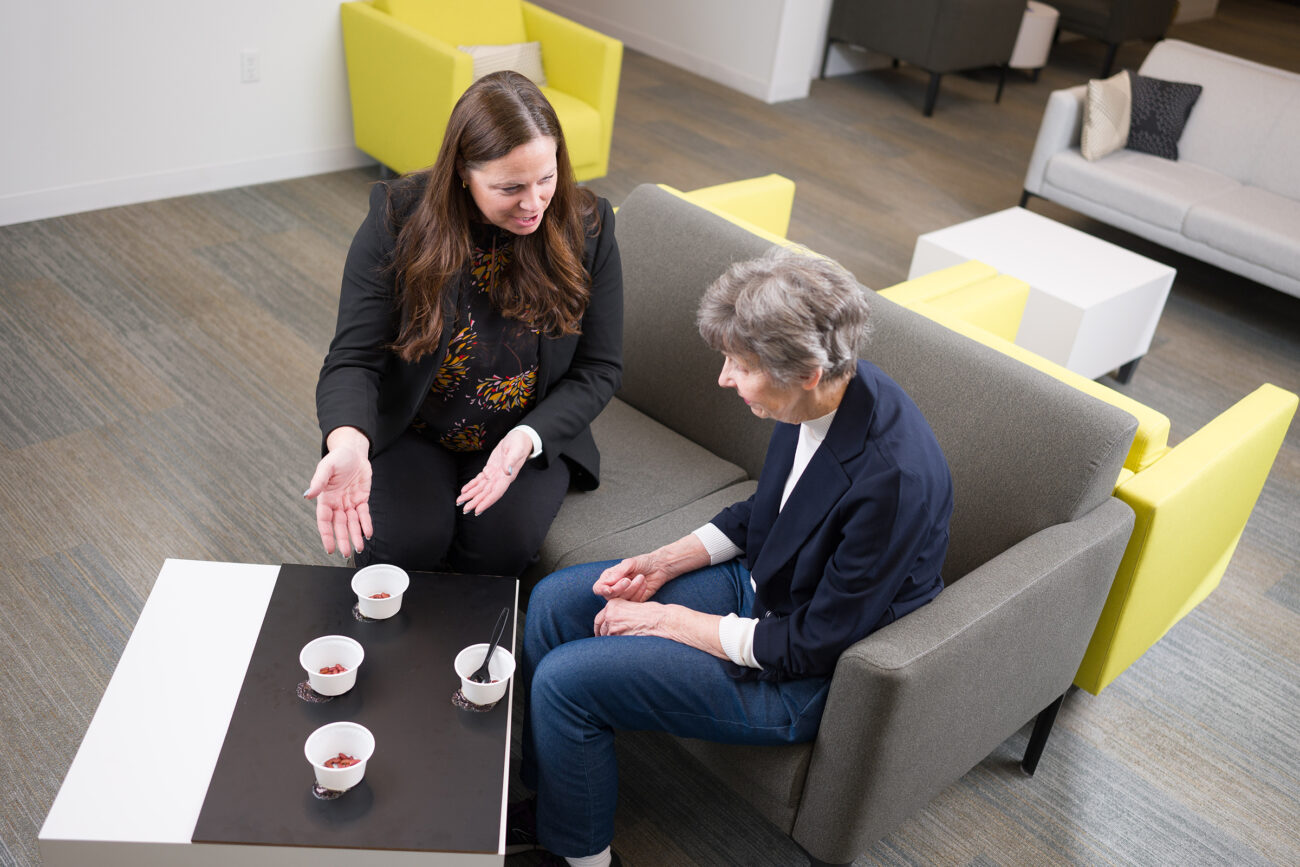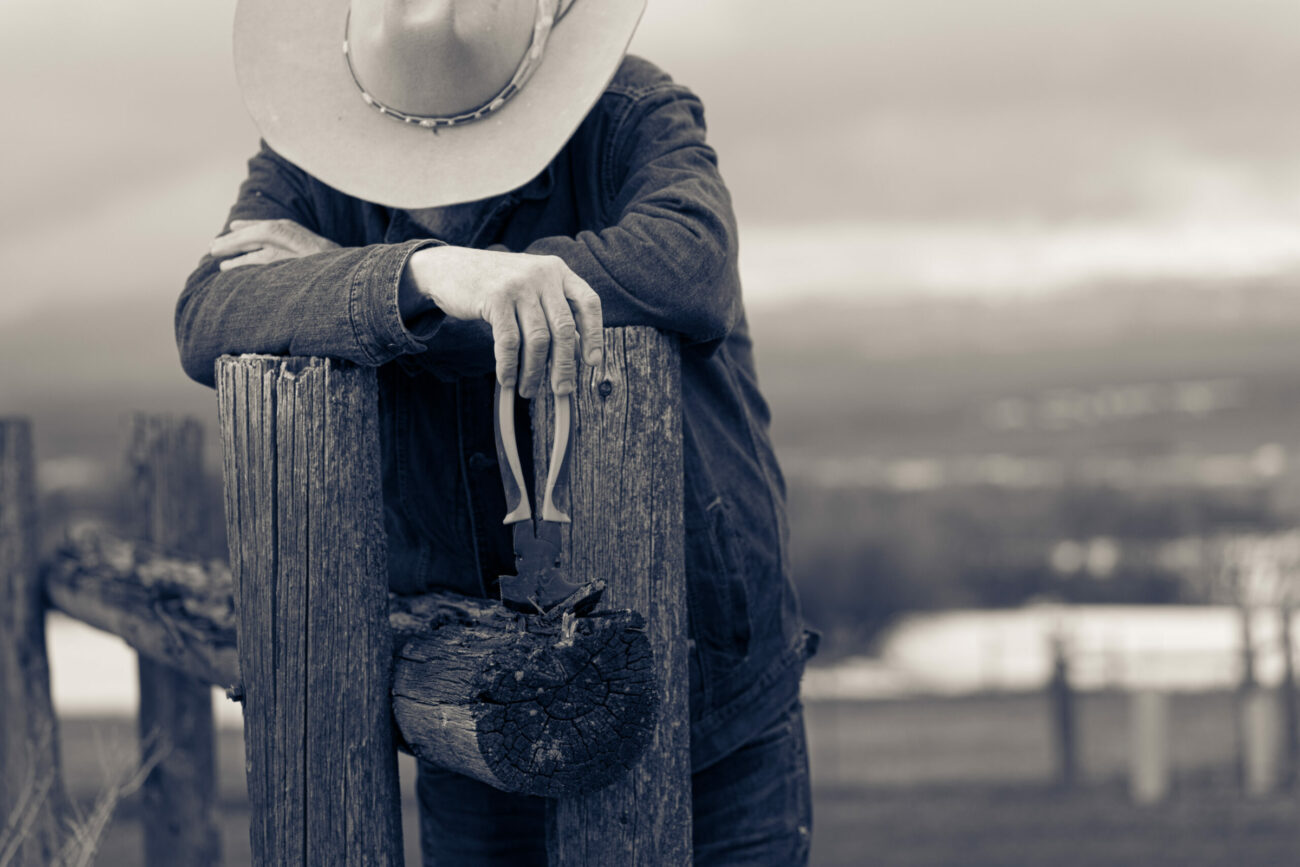Be In Their Corner: Supporting the Black Student Union

Amand Hardiman, a third-year doctoral student in Utah State University’s Families in Sport Lab, studies a sense of belonging in higher education and athletics, particularly amongst minoritized groups. And yet, in the summer of 2020, Hardiman questioned his own.
A native of Columbia, Missouri, who earned his bachelor’s and master’s degrees at the University of Missouri, Hardiman says even the riots in Ferguson in 2014-15 didn’t hit him as hard as the deaths of Ahmaud Arbery, Breonna Taylor, and George Floyd over a three-month span in early 2020.
“I was grieving,” Hardiman says. “It wasn’t a pleasant summer.”
He has been a basketball coach and a counselor to student-athletes at both the high school and collegiate levels and admits that during that period, he found it difficult to serve as a mentor “because my mental health was just not there … and definitely more of my minoritized friends reached out to check on me to see how I was doing.”
“I would say that during the summer, more individuals at the Black Student Union had my back than I had theirs, which is a beautiful thing to say,” Hardiman adds.
Founded in May 1969, it’s hard to imagine a more vital moment in recent history for USU’s Black Student Union (BSU) to serve as a resource and gathering place for minority students. But due to the rise of the COVID-19 pandemic, the group was limited to online gatherings during the rest of the school year, and most of the Black Lives Matter protests occurred during the summer months when many students weren’t on campus.
Kirk Napoleon, ’21, the BSU president during the 2020-21 school year, says it was “definitely a trying time.”
“I felt like I needed to educate myself more about Black Lives and be a more pro-active American citizen when it comes to understanding the stories,” says Napoleon, who moved to Utah from Florida as a teenager. “I knew that people might come to me with questions, and I didn’t know how to answer them myself. So, I was able to go to a couple of Black Lives Matter gatherings and educate myself more because I realized that’s the best thing anyone can do.”
Napoleon graduated in May with a bachelor’s degree in business administration. He says he didn’t know the BSU existed when he first came to Utah State, but a friend invited him to an event his sophomore year, “and I was able to see a lot of diversity” and meet people he wouldn’t have otherwise.
“Those athletes need to believe that fans are in their corner when they take that jersey off, just like when they hit a 3-pointer. They need that same positive energy.” – Amand Hardiman
Black students make up just over one percent of USU’s population and the majority are student-athletes. Hardiman works with many of them in a variety of roles, including as a member of the Diversity and Inclusion Council, which was created by the USU Athletics Department in the summer of 2020. When Hardiman returned to campus last fall, he made it more of a priority to “be visible, say hello, and let people know that there’s another Black student here.”
Recruitment for the BSU normally takes place in the spring, something that the pandemic made practically impossible in 2020. That and a lack of in-person events made it more challenging for the BSU to fulfill its mission last school year, Hardiman says, but the organization is “planning to take big steps moving forward.”
“There a lot of individuals wanting to move proactively, and that for the majority on campus, 2020 was an enlightened year and they realized a lot of things we, as Black people, go through every day or worry about or are triggered by,” says Hardiman, who participated on the USU student panel titled “Involved to Evolve: Student Voices on Campus Climate and Sense of Belonging” at USU’s Inclusive Excellence Symposium in October.
Eventually, Hardiman hopes to see people bring the “same energy” they display when cheering for a Black athlete at an Aggie sporting event when a student-athlete expresses anguish over racial stereotyping or oppression.
“I’ve enjoyed watching a lot of our student-athletes expanding their voice and their athletic identity and saying, ‘I can take this Aggie jersey off at the end of the day, but I can’t off take my skin and all of the associations that come with being Black,’” Hardiman explains. “Those athletes need to believe that fans are in their corner when they take that jersey off, just like when they hit a 3-pointer. They need that same positive energy.”
By Jeff Hunter ’96
Photo by F. Muhammad of Artistic Operations .






Alden Vala August 12, 2021
A black student union is divisive and brings back a form of segregation ….. this is not the direction a university should support or fund!